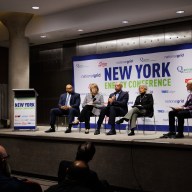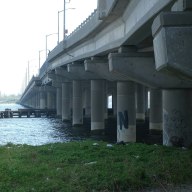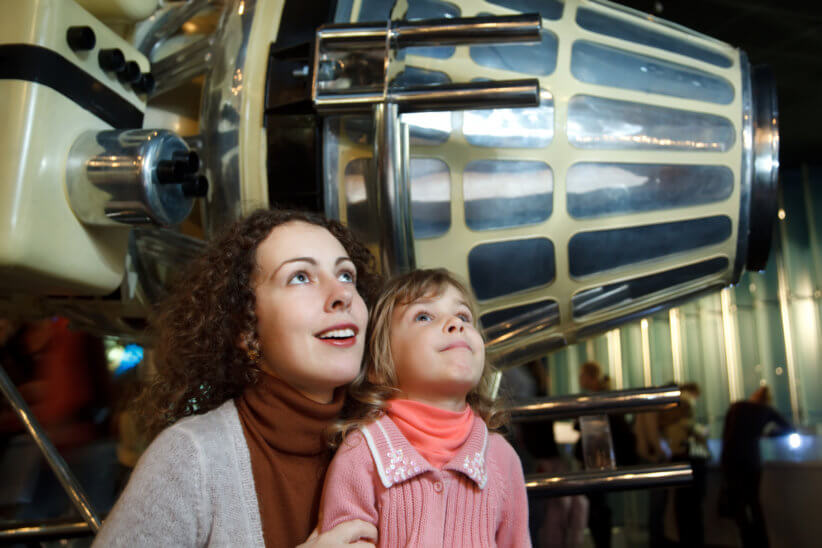By Brian M. Rafferty
Giant whales, prehistoric dinosaurs, Aztec chocolate and a large-format film on endangered coral reefs are just some of the highlights a family can experience on a trip into Manhattan’s American Museum of Natural History.
The museum recently opened the completely refurbished Hall of Ocean Life, including a makeover for the giant blue whale hanging from the ceiling.
It used to be that the hall was dark, emulating the murky reaches of far depths, but now, upon entering the hall, the first thing that catches the eye is how much lighter the whole room seems. That is, in part, due to the redone ceiling. A series of lighted blue windows create an illusion of the top of the ocean rolling overhead while visitors are well below the surface of the sea, amid the ocean’s wildlife.
The mezzanine level in the Hall of Ocean Life features a series of displays on varieties of ocean dwellers — from bottom-feeders to dolphins and tuna to the vibrantly colored fish traveling in massive schools around the coral reefs.
Most of the displays have an interactive element, letting visitors have some form of tactile experience they can equate to the items behind glass. Also, there are flat screen digital televisions above each display that show a continuous loop of filmed footage pertinent to each informational cubby.
Like the rest of the museum, the Hall of Ocean Life caters to all ages. For young children, the colorful displays and interactive exhibits allow the young mind to get a grasp on what the exhibit has to say. For adults, the information is presented in a way that is in simple English and easy to understand and easy to explain to younger kids.
The famous blue whale has had a makeover. With some work done to be more anatomically correct, the whale has lost weight in some places; gained weight in others; had its eyes shifted; and received a fresh coat of paint, providing a much more natural look.
While at the museum to see the remodeled hall, it is also a good time to check out the vertebrates exhibit on the fourth floor.
Set up in a horseshoe shape, the various halls of the fourth floor show the evolution of vertebrates. Upon entering the Ornithischian Dinosaurs room that starts the exhibit, the massive stegosaurus is shown in all its glory.
As an early dinosaur, it preceded millions of years of evolution that led to larger, faster, more dexterous dinosaurs. While the dinosaurs evolved, so did all the other animal life on Earth. The walk through the vertebrates exhibits winds through the Hall of Primitive Mammals and the Hall of Advanced Mammals, through Vertebrate Origins and ends in the Saurischian Dinosaurs exhibit — home to the Tyrannosaurus Rex and the apatosaurus.
(An interesting note — the apatosaurus is what is commonly referred to as the brontosaurus. The same creature was found in two sites in the 19th century. The first was called apatosaurus, the second brontosaurus. Though the scientific record has been straightened out, brontosaurus remains as part of the dinosaur vernacular.)
After a gripping round of dinosaurs and all their evolutionary cousins, visitors can get into the mood for a snack by taking in the “Chocolate” exhibit located on the third floor of the museum.
In the same location as last year’s traveling Cooperstown exhibit, “Chocolate” details the meso-American history of the cacao fruit, its journey to Europe, its influence on Western culture, its marketing and its impact on American life.
Though quite intriguing and detailed, this exhibit is not exactly appropriate for the youngest children. They will enjoy the film that shows the journey of chocolate from the bean to the chocolate chip, but much of the exhibit appears to be geared toward adults and kids with at least a few years of school under their belts.
Of course the cafe and chocolate shop that have opened for the duration of the exhibit will delight children of any age.
Hopped up on chocolate, and perhaps crashing after the sugar rush, a dark theater is probably the ideal place to bring a child.
But don’t expect the kids to have a restful experience at the museum’s IMAX theater. One of two films currently playing, “Coral Reef Adventure,” is perfectly timed for anybody with small children who have been sucked in to the Disney inspired “Finding Nemo” craze.
The film shows incredible footage filmed over a 10-month series of dives in and around Pacific coral reefs — including the Great Barrier Reef off Australia and reefs around Fiji.
Though there is a very strong, socially conscious message about saving the coral reefs, there is also a glimmer of hope offered in the 45-minute film when the divers explore the lower levels of a deep reef and see life flourishing.
Aside from the message, the filmmaking is spectacular. From the images of a school of more than 300 sharks to the intricate beauty of a living coral reef, the film takes full advantage of the IMAX format to convey the underwater world in the type of detail and scope never before shown.
A trip to the American Museum of Natural History, plus entrance to either one special exhibit (like “Chocolate”) or an IMAX film is $21 for adults, $13 for children. An annual family membership costs $100 and covers admission and special exhibits for two adults and up to four children. There are also discounts provided for IMAX films, gift shops and the food court.
The American Museum of Natural History is located on Central Park West between 77th and 81st streets. For more information, call 212-769-5200 or go to www.amnh.org.





























